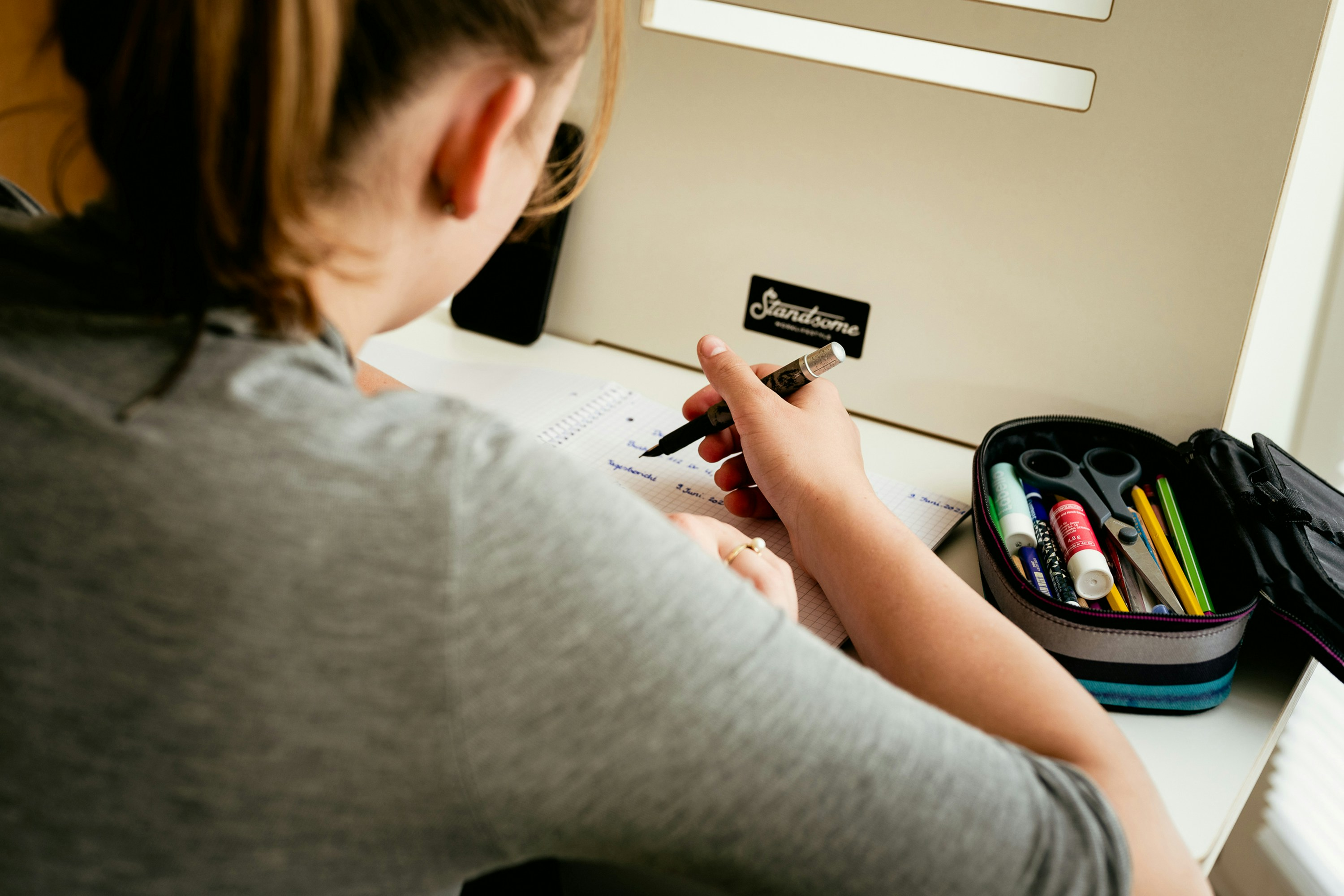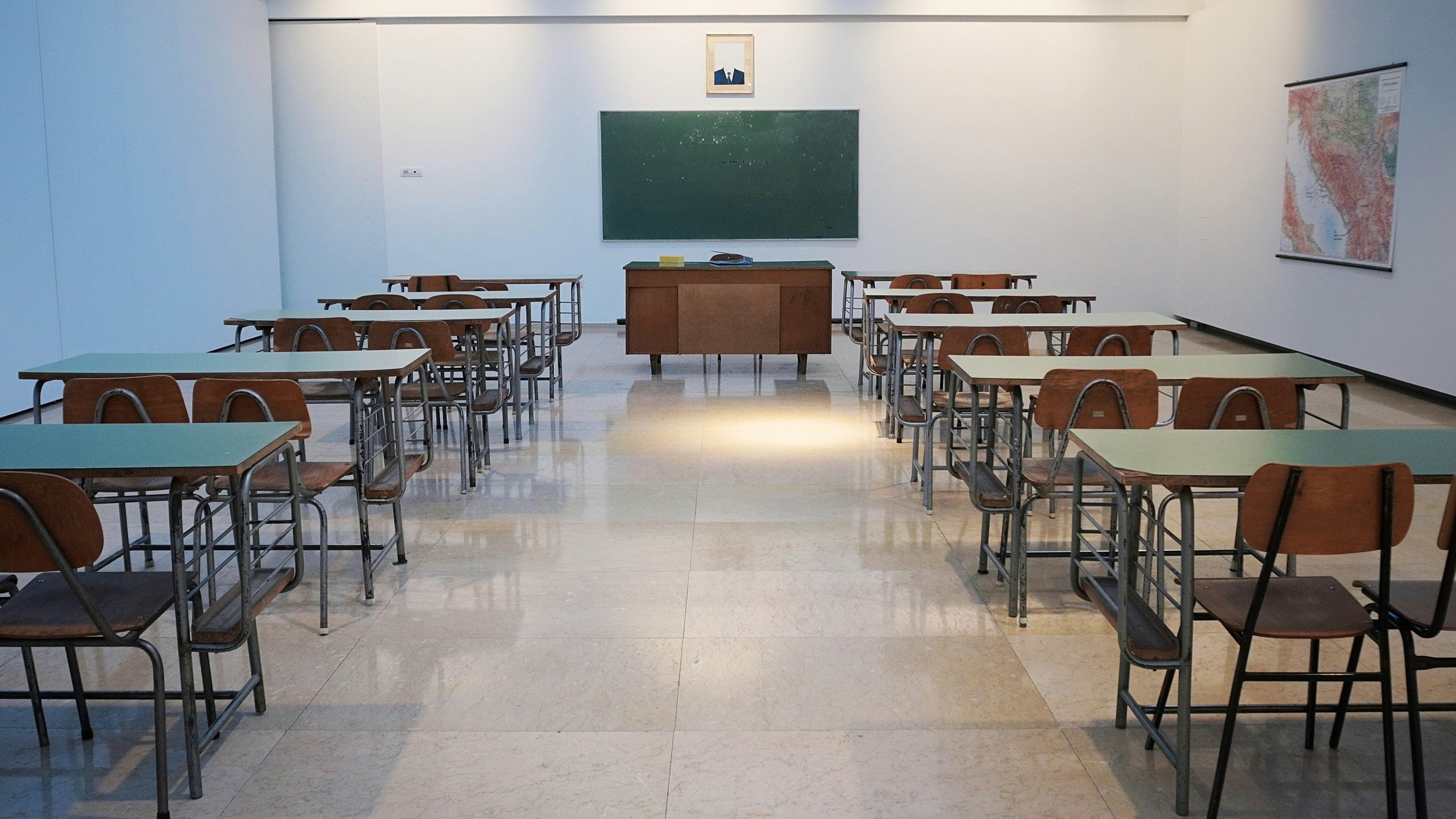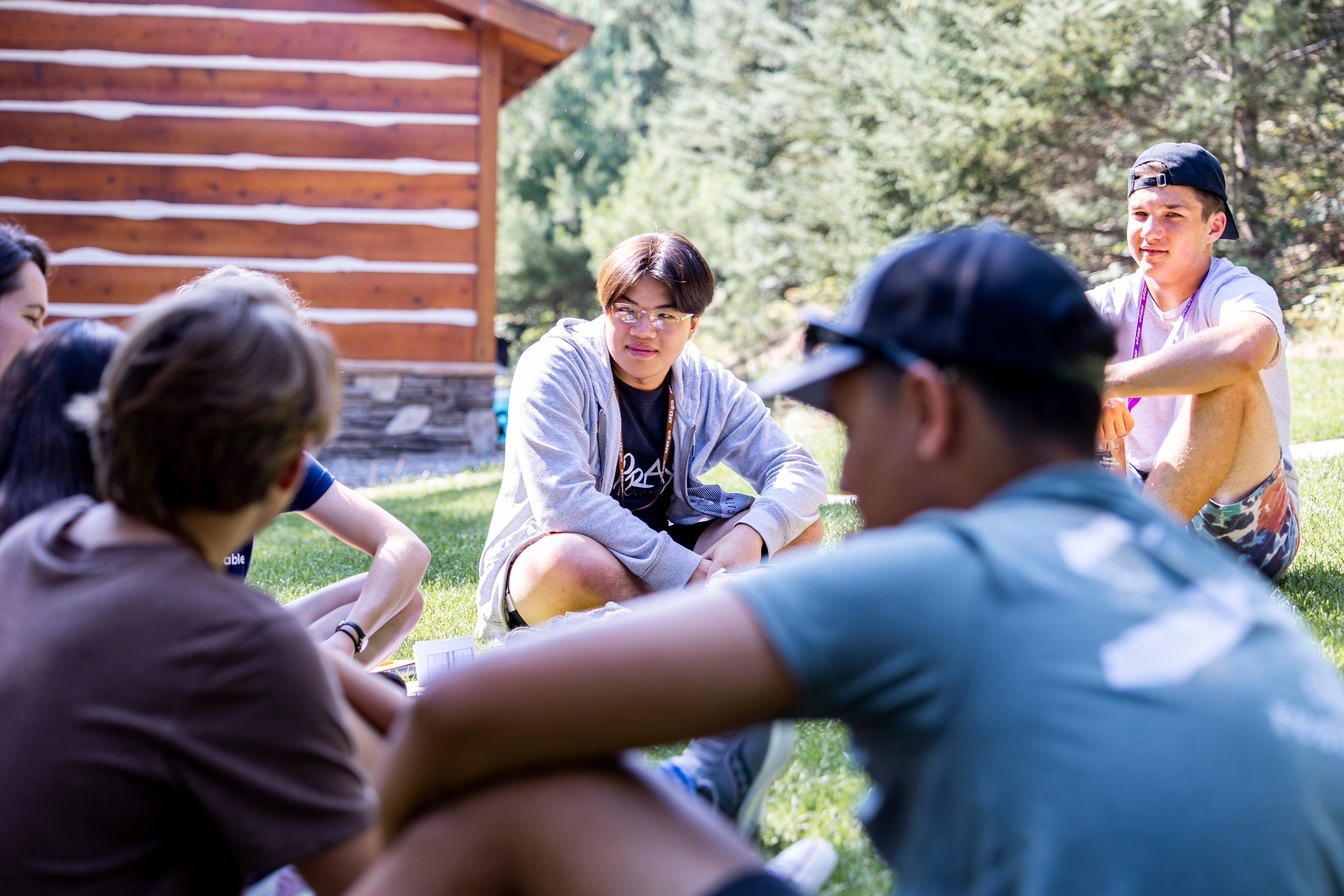Thriving Community for Your Homeschooled High Schooler


We’ve seen a rise in lots of things post-COVID, including grocery prices, dance videos on TikTok, and the amount of time we spend waiting in TSA lines.
But here’s something you might not have guessed: homeschooling is also rising in popularity across the country.


Studies show…
A recent study found that since 2018, homeschooling has increased by over 50 percent, with some parts of the country seeing their homeschool numbers double or triple.
And it’s for reasons beyond schools going on lockdown during those COVID years (remember those?).
Dissatisfaction in education quality and outcomes
There’s a deep dissatisfaction with the quality of a traditional education, along with a growing distrust in American elementary, high school, and higher education institutions.


That’s not to say that ideology is the only thing driving the migration to homeschooling. It seems to be more than that.
The future of education in your inbox.
Get productivity tips, commentary, and Unbound updates sent to you!
A survey by the research group Populace found that Americans are leaning more in favor of individualized education in order to get the results they want for their students. That is, tailoring each student’s educational experience to their unique learning needs and styles as well as prioritizing extracurricular education alongside their homeschool curriculum that teaches practical life, study, and professional skills.
The response from parents
In response, many American parents are taking matters into their own hands by choosing to homeschool their kids.
It makes sense–when the system designed to provide education fails, embrace the spirit of American independence we all value and do it yourself.
This means parents can ensure their kids are receiving a solid, relevant education, building practical skills, and learning the values they want them to learn.
But as noble as taking matters into your own hands sounds, homeschooling isn’t easy.
The Challenges of Homeschooling
Finding community
One of the challenges faced by many parents who homeschool during high school is finding a community for their students.
After all, when your family becomes your classmates, teachers, coaches, and principals, there is a legitimate concern of how to add a healthy external community to the mix.
Many homeschoolers circumvent this by attending homeschool co ops, other local homeschool groups, or sports and recreation clubs.
But what if the academic piece of homeschooling also came with community?
And what if that community shared your values and provided excellent peers for your students in high school?
We are hardwired for connection and so are our students
We all need healthy communities to grow up in and live in. We’re wired for that kind of connection. And it’s especially important for kids as they develop since these social groups help them form connections, learn social skills, and figure out how to interact with peers.
For most of humanity’s history, we’ve done pretty well with face-to-face interactions and local communities. Sure, people have always fought with each other but for the most part, we figured out how to do life in groups of people because our survival depended on it.
Social media’s promise for connection and failure to deliver
Now, we have Instagram, Facebook (that’s still a thing, right?), and TikTok spouting an endless stream of life hacks and influencer reels our way. They’re supposed to make life more efficient and empower our independence and individualism.
Our pop culture glorifies individual success–ever wondered why the stereotype of the American cowboy is so popular?-and without realizing it, we’ve replaced lots of our in-person interactions with online profiles, chats, and video calls. Or robots driven by AI promising to meet our emotional needs by catering to our every beck and call.
We got promised better connections than ever, on our terms, but we’re also lonelier than ever.
Drug use is at an all-time high and deaths of despair keep going up. At some point, we’ve got to look at this dumpster fire and STOP. THE. MADNESS.
The resulting challenges for parents of homeschool high school students
This creates two big challenges for parents of homeschool high school students:
- provide a robust education for your kids
- teach them how to build and maintain healthy communities
Being a parent is a full-time job on the best days and with a schedule packed tighter than Swifties at a Chiefs game, you’re probably wondering how to add/create/find the time to help your student build a community.
Unbound is Here to Help
At Unbound, we’re all about homeschooling and love to see parents take ownership of their kids’ education.
And we know it’s really hard.
That’s why we created Equip, our high school coaching program designed to help you, the parent + teacher, train your young adult to thrive.
The Equip program


Equip is a group coaching program designed to go alongside any high school homeschool curriculum.
Equip teaches students in 9th-11th grade to take ownership of their education, manage their time well, and execute their tasks with excellence.
And Equip is all about community. It’s a community of like-minded peers in an environment that’s all about helping high school students transition into adulthood.


Sure, it’s a remote community, but we’ve seen lots of our high school students step into their local communities with new tools for making and keeping friends as a result of the coaching and accountability they’ve received in Equip.
Each Equip student is part of coaching group that consists of 8-10 other students in their grade. Each one of these groups meet bi-weekly with their coach for mentorship, accountability, and peer-to-peer coaching.
And there’s more.
Remember when I said that Americans are increasingly unsatisfied with the outcome of traditional education?
In Equip, the outcome is students having a set of skills to manage their time, execute their tasks, build relationships, and thrive in the real world.
That’s where projects come in.
Project-based education
Equip students get to test their interests by trying out projects alongside their academics. These projects are designed to give them real-world experience by exploring their interests and talents, planning, and taking ownership of their lives.
More importantly, the projects are opportunities for students to try and fail–and then learn how to get back up, learn from failure, and try again.
The process of try, fail, learn, grow happens in a supportive environment where failure is not seen as final but rather as an important part of learning that moves students forward.
This means Equip delivers what most high schools don’t: a set of real practical life skills that young adults need to thrive after high school. Skills like:
- Taking responsibility for their education
- Resilience, time management, and task execution
- Developing critical thinking skills
- Responding to failure and growing through it
Conclusion


If history shows us anything, it’s that there won’t be a shortage of new trends to wow us, like dance videos on TikTok or the rise of asymmetrical jeans.
While some of these trends might make you question the future of our generation, the rise in homeschooling is a great example of people taking ownership of their future.
By doing this, they are reshaping education, one of the most powerful culture-building systems.
And we’re here to make sure you have options for your student to build community, even from afar, and pursue real life skills taught in an environment of like-minded peers.
As more parents bring school back home, we’re here to help with the transition for high school students. And most importantly, to come alongside you as a parent to help your teens transition into adulthood.


Tim Fisher is the Controller and Director of Teams & Talents for Unbound, where he not only crunches numbers but also ensures the team members have what they need to succeed. He earned his bachelor’s in accounting through Thomas Edison State University and jumps at nearly every chance to travel he gets.
When he’s not studying about vision and leadership, Tim enjoys creating adventures with friends, running, biking, and reading. His life mantra is “Live life with an open hand.” Known to move and travel quite often, he currently lives in northern Indiana.

